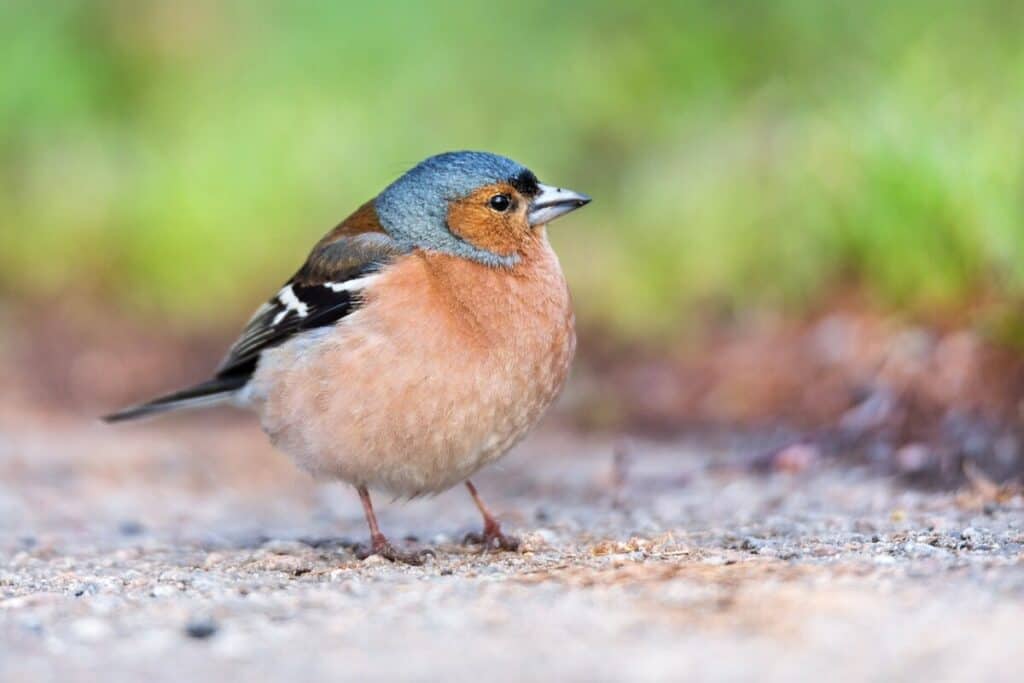Birds actually can neither see glasses nor identify them. Indeed, humans sometimes can’t know or see the glass right before them, so it is highly impossible for birds to watch it. Bird window crashes are deadly. They’re one of the main three driving reasons for bird’s increasing death rate and destruction of habitats.
There are two principle kinds of window collisions daytime and evening time. In sunlight, feathered creatures collide with windows since they see reflections of vegetation or see-through pot plants through transparent glass or green vegetation on the opposite side. Around evening time, night time bird migrants crash since they fly into lighted windows. Lights distract night-time migrants from their unique way, particularly in low-roof or foggy conditions.
Most birds that are dynamic during the day have eyes on either side of their heads. This gives them a wide view of the preferred position for identifying predators. But this costs birds with depth perception that results in difficulty identifying other birds deeply and mistakes with a reflection on glasses and getting hit, unfortunately.
Splendid city lights confound birds who relocate during the night by tricking them into urban communities and clouding their navigational guides in the spring and fall. Thus, birds get trapped in the city’s windowed maze-like structure and may hit windows legitimately or hover structures until they break down from depletion.

As part of their decors or desire towards tiny pot plants, many glass buildings place their green habitat surroundings inside close to the transparent glass, which can tempt the birds and causes them to hit and fall unnoticed.
Glass corners or narrow entries reflect the opposite building’s green vegetation, causing the illusion to the birds and attracts them. Birds mistake it for original and flashes across sharp corners and cut themselves sometimes or get injured by the quick hit.
So how can these accidents be avoided?
There are some solutions and suggestions to be considered to save such millions of innocent birds from getting hit on to the glasses.
UV patterned glass – This glass is made with a patterned coating so that it reflects Ultraviolent rays and avoids those fatal accidents of birds as they can see them and identify glasses
Acid-etched glass – These glasses are treated with hydrofluoric acid, and it is more durable. This glass has a frosted look on the surface, thus does not project any reflections for birds.
Nature scaping – Nature scaping method should be used to encourage your stay from windows. Placing birdfeeders away from windows, moving plants away from windows, and growing trees and bushes to cut down reflections is what some things you can do to avoid bird hits.
Create stripes – Birds will avoid hitting glass windows with vertical or horizontal stripes. You can do this by drawing using pens, stencils, or painting on it.
Netting and screens – Dropping mesh or screens three feet away from glass windows can stop your speed bird hitting by serving as a physical barrier.
Lighting– Arrangements of lighting exterior to windows can sometimes avoid reflections on the glass and encourage birds to stay on their path towards flying homes.
Bug screens year-round – On the off chance that you have current double sheet windows, you can leave screens up the entire year to give cushioning if a bird hits the window.
Fritted glass windows – Fritted glass is a permeable glass through which glass or air can pass. It can also be fitted so that it consists of close dark dots on it so that birds can easily recognize, and people can again watch through it.
Angled glass – Angled glasses are actually appreciable because it is placed inclined downwards for about 20 degrees so that it won’t reflect any tree or sky and confuse birds.
